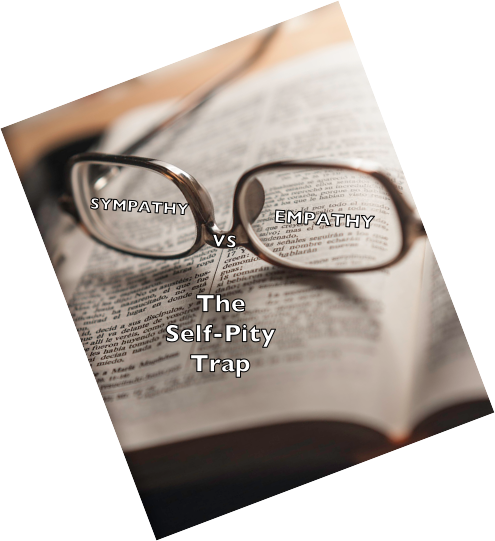We need readers to experience empathy. Evoking sympathy keeps them at a distance or, worse, revolts them into throwing the book across the room. But empathy? Oh man, EMPATHY. 1/11
#writetip #pitchwars #empathy #writingcommunity
#writetip #pitchwars #empathy #writingcommunity
Sympathy is merely acknowledging the other person& #39;s experience. Empathy means you find a way to relate to their experience. Self-pity lends itself naturally to sympathy because it& #39;s easy to say sorry that happened without making any real connection. 2/11
If you ground a character with self-pity, readers run away. It& #39;s not effective. It tells readers that your character believes they are suffering like no one else has or can understand. There is no point trying to empathize, so why read the book? 3/11
Your character doesn& #39;t even have to ask for sympathy. If the lens through which they tell their story is self-pity, the reader intuitively expects a demand for sympathy. They revolt. 4/11
Compare this to angst. An angst-driven character can be infuriating for different reasons, but angst manifests compelling frustration instead of repulsive self-pity. Angst drives a character into action. 5/11
The reason is that compelling the reader to manifest empathy requires mutual accountability. Instead of insisting no one knows their pain, NOT EVEN YOU, your character is saying: "Please see yourself in me. I see myself in you." 6/11
The character and reader will face difficult questions together. They will relate to each other. They will support each other through every struggle on the page because in the end, they will hold themselves accountable and complete their character arcs. 7/11
Self-pity suggests helplessness, however, and a character waiting for the universe to provide certainty. They have sacrificed their agency. They are merely hoping to survive until something changes. 8/11
Compare this to a proactive character. Even a terribly misguided one lets us explore what would happen if we took charge of our own lives. Now the character’s invitation for empathy becomes a tool to transform the real world. 9/11
We see ourselves in the character because to imagine going through their struggle, to see ourselves facing our greatest fears by supporting a character facing theirs, gives us the courage to confront our own fears. 10/11
For more on using empathy in storytelling, check out my article on the three kinds of empathy and how they drive our best work. Or just check out the works of @BreneBrown. Her research on vulnerability transformed my approach to storytelling. https://stephenedits.com/empathy ">https://stephenedits.com/empathy&q...

 Read on Twitter
Read on Twitter


